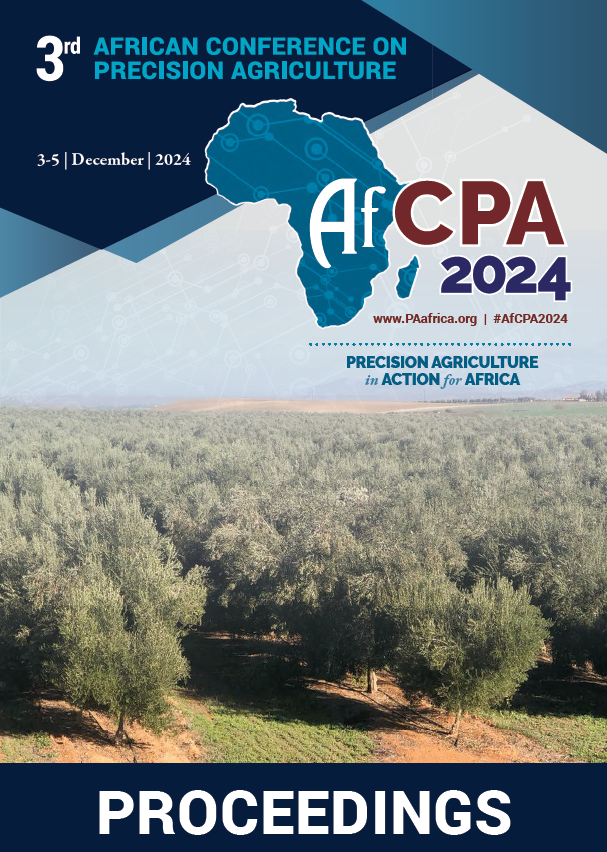Download the Conference Proceedings
Get your copy of the 2024 African Conference on Precision Agriculture Proceedings today! Download the PDF file and view all of the available proceedings.
Proceedings
Authors
| Filter results1 paper(s) found. |
|---|
1. Fine-tuning Specialty Fertilization Strategies to Local Wheat Production Through On-farm Experimentation in NigeriaWheat specialty fertilizer validation trial was conducted in 8 Local Government Areas (LGAs) of Kano State, Nigeria on farmers field. The specialty fertilizer validation project is implemented to improve the productivity and profitability of small-scale wheat smallholder farmers. Four treatments - absolute control (AC), local control (LC), OCP1 and OCP2 were replicated four times in a RCBD on a plot of 25m2. The AC was based on the indigenous nutrient supply from the soil (no application... V. Aduramigba-modupe, J.M. Jibrin, . Olabanji, B. Lawan, D. Madukwe |
